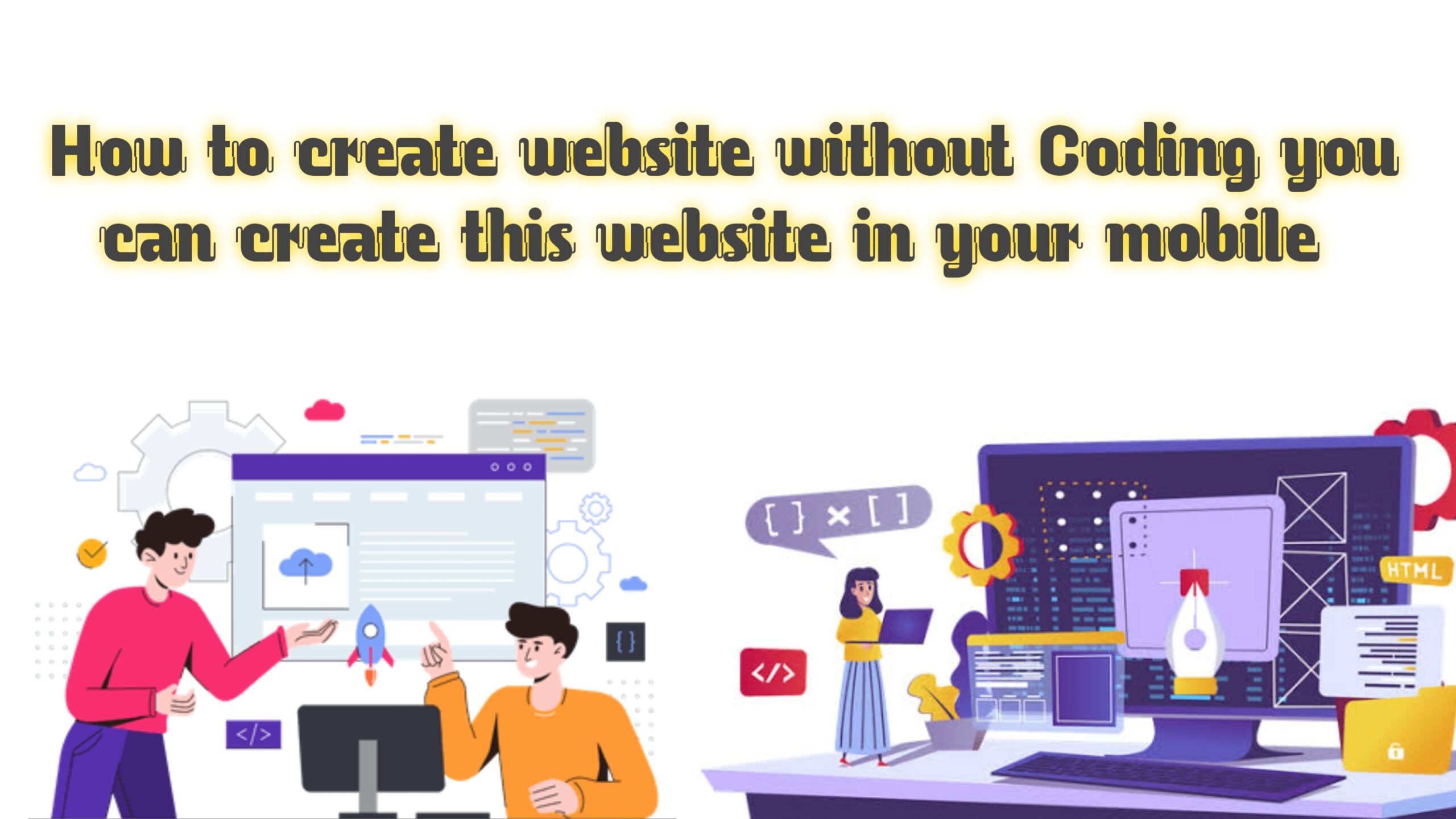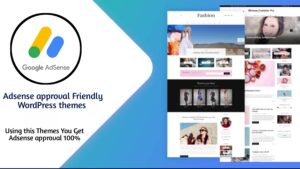Creating a unique and well-designed website without any coding is entirely possible using WordPress. Here’s a step-by-step guide on how to do it:
1. Choose a Domain Name and Hosting Provider:
- Domain Name: Select a unique domain name that represents your website’s purpose (e.g.,
www.yourwebsite.com).
- Hosting Provider: Choose a reliable hosting provider (like Bluehost, SiteGround, or WordPress.com itself) that offers one-click WordPress installation.
2. Install WordPress:
- Most hosting providers offer a one-click WordPress installation. Follow the hosting provider’s guide to set up WordPress on your domain.
3. Choose a WordPress Theme:
- Access Themes: In your WordPress dashboard, go to Appearance > Themes.
- Add New Theme: Click on Add New to browse thousands of free themes.
- Preview and Install: Preview different themes to see which one suits your design preferences. Once you find the perfect one, click Install and then Activate.
4. Customize Your Theme:
- Customization Options: Go to Appearance > Customize to access the WordPress Customizer, where you can adjust the site’s appearance without coding.
- Widgets: Add widgets to your sidebar or footer from Appearance > Widgets to enhance functionality.
- Menus: Create and customize your site’s navigation under Appearance > Menus.
5. Install Essential Plugins:
- Elementor or Beaver Builder: These are drag-and-drop page builders that allow you to create custom page layouts without coding.
- Yoast SEO: Helps optimize your site for search engines.
- WPForms: Easily create contact forms.
- Jetpack: For security, performance, and marketing tools.
6. Create Pages and Content:
- Pages: Go to Pages > Add New to create important pages like Home, About, Contact, Services, etc.
- Posts: For a blog, go to Posts > Add New to start publishing articles.
7. Use Drag-and-Drop Page Builders:
- Elementor or Beaver Builder: Once installed, you can use these tools to design pages by dragging and dropping elements (text boxes, images, buttons) onto your page. This allows for intricate designs without coding knowledge.
- Templates: Both builders offer pre-designed templates that you can customize to fit your brand.
8. Add Media and Content:
- Images and Videos: Upload images and videos via Media > Add New and insert them into your pages or posts.
- Text Content: Use the WordPress editor to add and format text content.
9. Preview and Publish:
- Preview: Before publishing, preview your website to ensure everything looks perfect on both desktop and mobile.
- Publish: Once satisfied, publish your pages or posts.
10. Regularly Update and Maintain Your Site:
- Plugins and Themes: Keep them updated to ensure security and functionality.
- Content: Regularly add new content or blog posts to keep your site active and engaging.
Additional Tips:
- Custom CSS: If you want to tweak specific parts of your design and have some CSS knowledge, you can add custom CSS via Appearance > Customize > Additional CSS.
- Logo and Favicon: Upload a custom logo and favicon in the Customizer to personalize your site further.
- Analytics: Install Google Analytics using a plugin like MonsterInsights to track visitor behavior.
By following these steps, you can create a unique, professional-looking website using WordPress without any coding knowledge.










